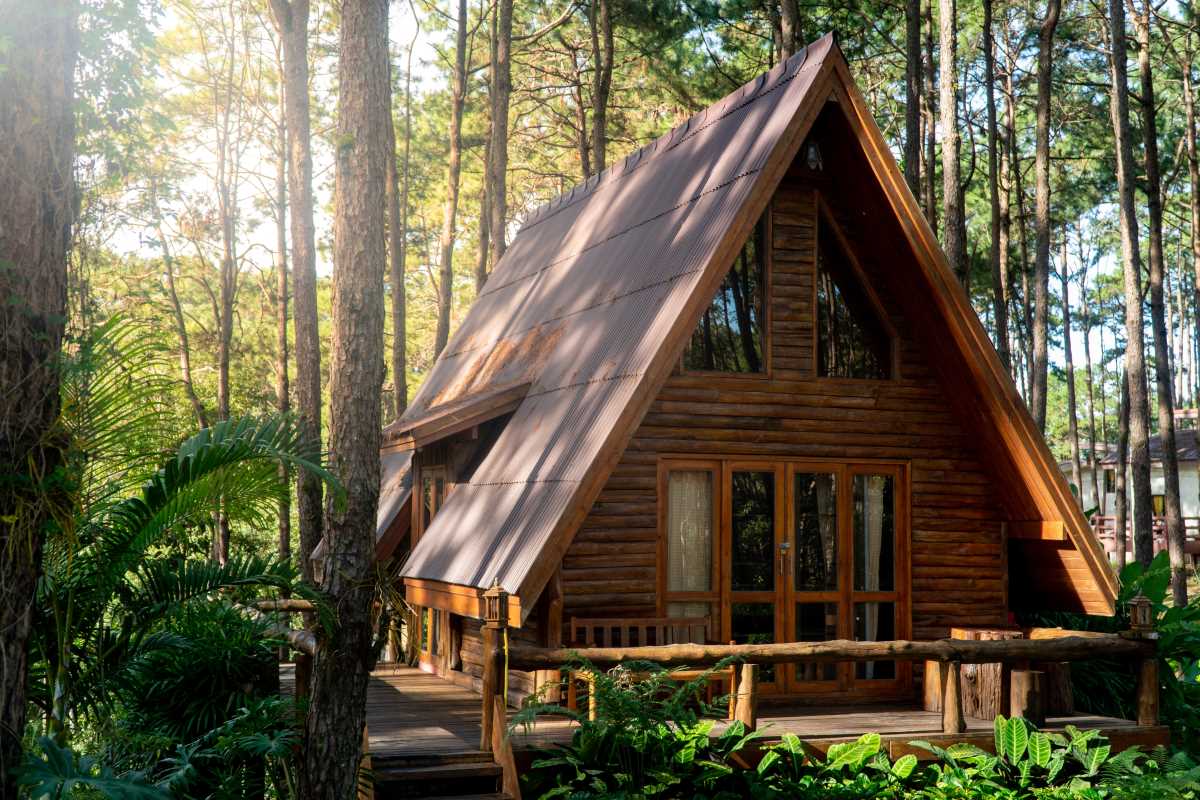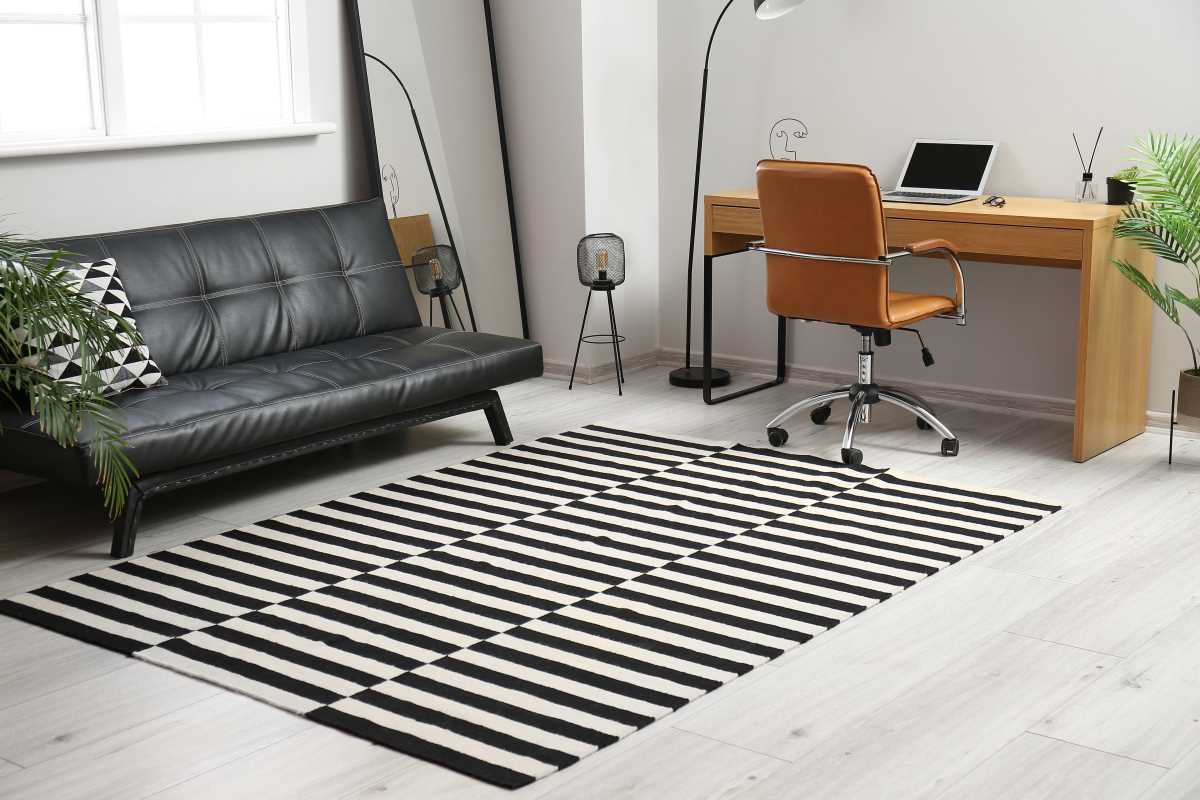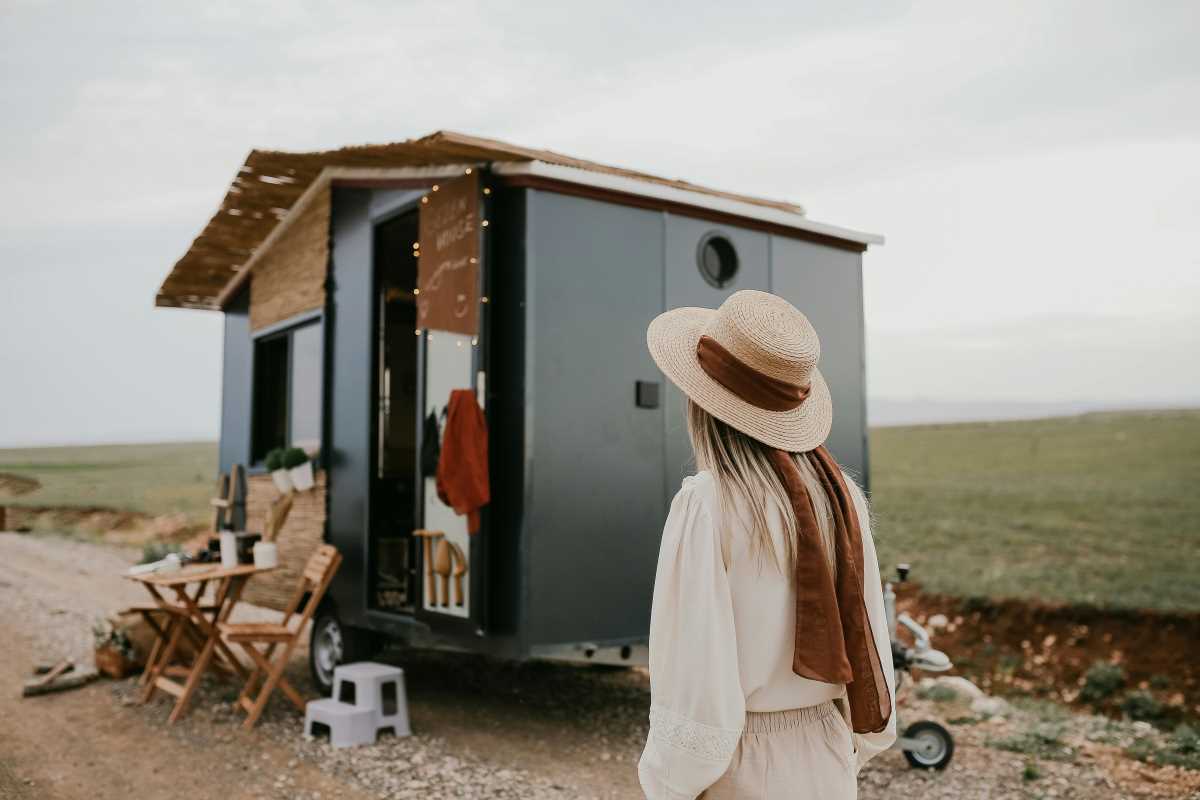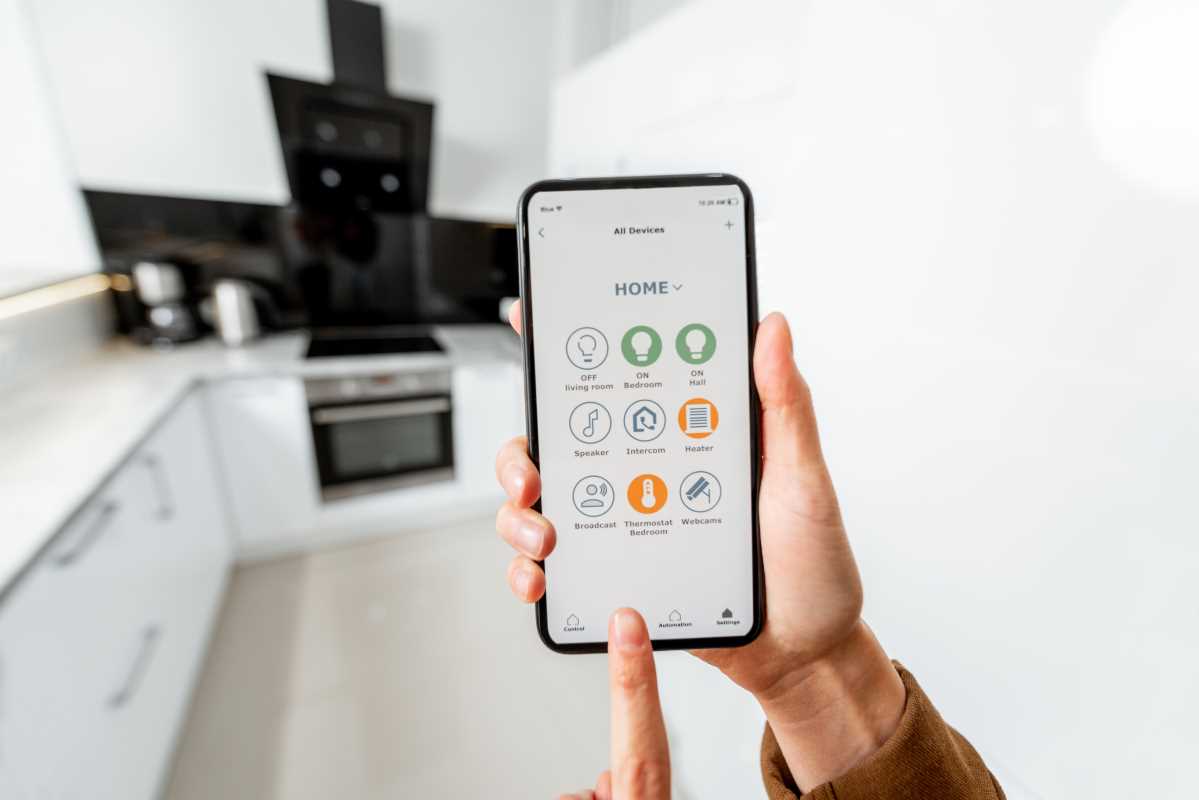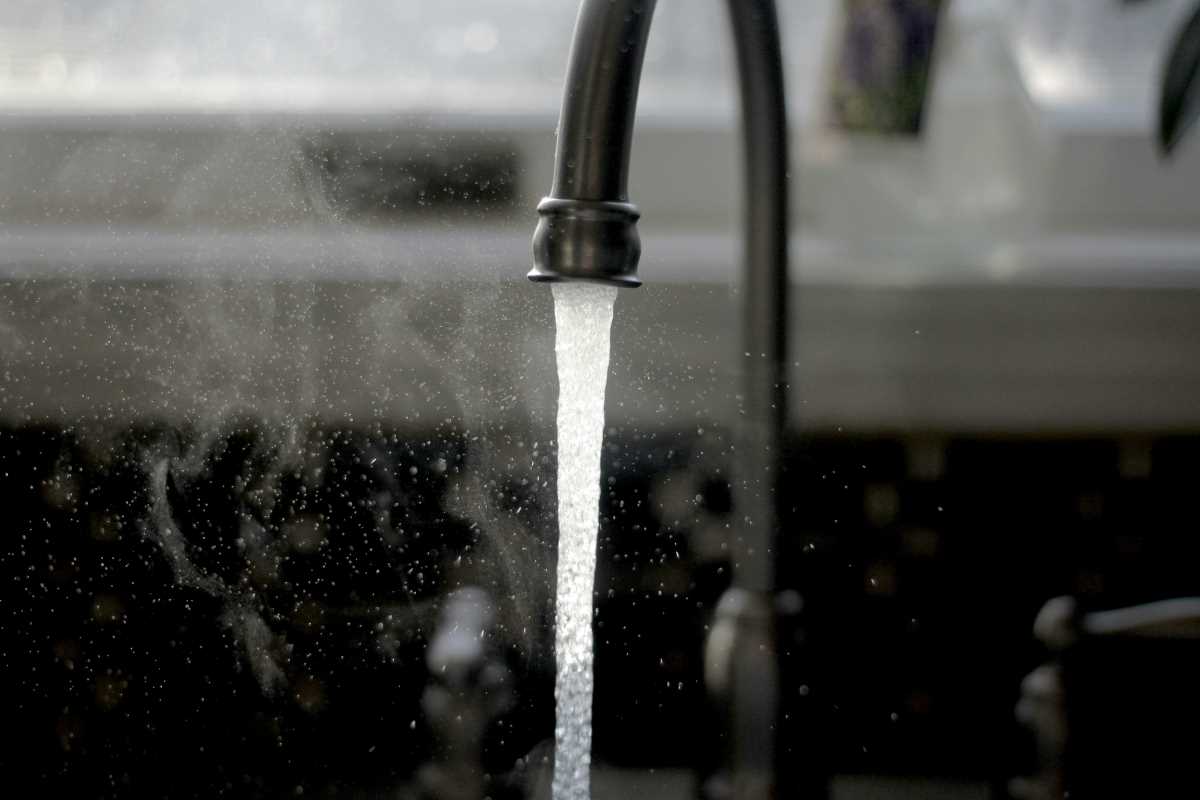Choosing to live in a tiny house allows you to design a home that reflects your commitment to sustainability. Solar power offers a reliable and clean way to generate electricity for those who value simplicity and efficiency. By installing solar panels, you not only save money over time but also contribute to a healthier planet by lowering your energy consumption. Whether you’re interested in complete off-grid living or simply wish to supplement your current setup, solar energy provides a flexible solution. Explore creative options that suit your lifestyle and help you make the most of your compact living space.
Exploring solar power might feel like a big leap for some, but small homes provide an excellent canvas for integrating sustainable practices. Whether your tiny house sits on wheels or a permanent foundation, you can harness the sun’s energy practically and keep your life running smoothly.
Basics of Solar Power for Tiny Houses
Before diving into the specifics, it helps to grasp the fundamentals of solar energy. Solar panels capture sunlight via photovoltaic cells that convert light into electricity. In a tiny house, where space is precious, every watt counts. Knowing these basics can help you plan a system that is both effective and efficient.
Familiarizing yourself with solar terminology gives you control over the technical details. Terms like wattage, inverter, and battery storage become less intimidating when you understand their role. This practical knowledge makes it easier to decide on the best solar setup that meets your unique living needs and energy goals.
Selecting the Right Solar Panels for Tiny Homes
Your tiny house needs a power solution that fits the space and energy requirement profile perfectly. Choosing the right panels can save you money and simplify installation. Different types of panels may vary in efficiency, size, and cost, so it pays to consider your options carefully.
Below are some key panel types you might think about:
- Monocrystalline panels: Known for their high efficiency and compact size, making them ideal for limited roof space.
- Polycrystalline panels: Slightly less efficient but often more affordable, providing a budget-friendly alternative.
- Thin-film panels: Lightweight and flexible, easily adapted to curved or unconventional surfaces.
Each option suits different living arrangements and budgets, so review your energy usage and roof layout before making a decision.
Placement and Mounting Ideas for Solar Panels
Creative mounting solutions can turn limited space into a solar powerhouse. When roof space is tight, think beyond the usual installation norms. You can position panels on walls, within awnings, or even on portable racks that adjust with the sun’s trajectory.
Consider these innovative placement ideas:
- Retractable panel systems that fold away when not in use, maximizing space during peak sunlight hours.
- Artistic installations mounted on custom-built frames that resemble sculptural art while generating energy.
- Portable solar panel setups that allow you to reposition them based on the sun’s movement or seasonal changes.
These options encourage flexibility and let you find a creative solution that aligns with both your aesthetic and functional requirements.
Connecting Solar Power with Off-Grid Appliances
The appeal of solar-powered tiny houses lies in independence. Linking solar energy with off-grid appliances pushes that idea further. You can fully embrace a lifestyle ready to handle unpredictable energy availability while staying comfortable. Carefully selecting appliances reduces unnecessary energy consumption and improves performance during intervals of sunlight.
Modern appliances are designed to be energy-efficient and adaptable to fluctuating power conditions. Items like energy-saving refrigerators, LED lighting, and miniature air conditioning units can all work smoothly with a well-planned solar setup. This smart integration ensures you enjoy the freedom of off-grid living without missing any comforts.
Maximizing Efficiency through Storage and Smart Energy Management
Storing the energy you collect is essential to making solar power work around the clock. Battery banks create a buffer, allowing you to keep your tiny home running even when sunlight wanes. Choosing the right type of battery, such as lithium-ion, ensures a longer lifespan and better performance.
Smart energy management systems monitor production and usage in real time. These systems automatically adjust energy distribution to prioritize essential appliances. Such setups prevent power waste, keeping all systems running during peak times. A well-planned storage system as part of your solar installation amplifies its benefits, making your tiny house a reliable, self-sufficient space.
Tips for Troubleshooting and Maintenance
Maintaining your solar setup is as crucial as proper installation. Regular cleaning of panels prevents dust and debris from reducing efficiency. A quick rinse with water or a periodic professional cleaning helps your panels perform at their best.
Understanding common issues like inverter glitches or shading problems keeps your system running smoothly. Checking connections, monitoring battery health, and addressing any unusual drops in output allows you to fix problems quickly before they turn into big headaches. Tracking these details ensures you enjoy uninterrupted solar power to heat and light your sanctuary.
In summary, adding solar power to a tiny house opens up exciting and practical ways to live sustainably. Each innovative tip not only addresses space challenges but also boosts energy independence. With proper research and creativity, you can create a system that meets your energy needs while fitting perfectly into your tiny lifestyle.
These methods help you create a smart, efficient, and stylish home. Solar power shows that sustainable living is practical and effective for small spaces.
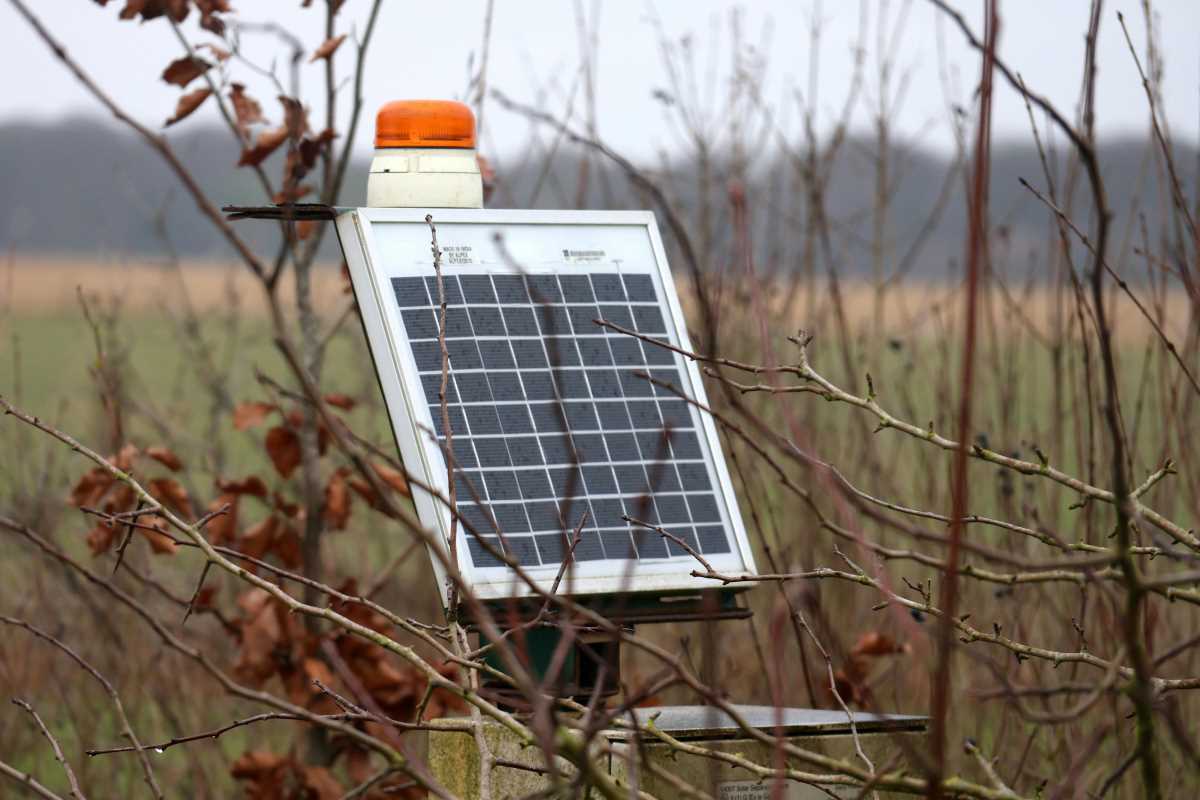 (Image via
(Image via
